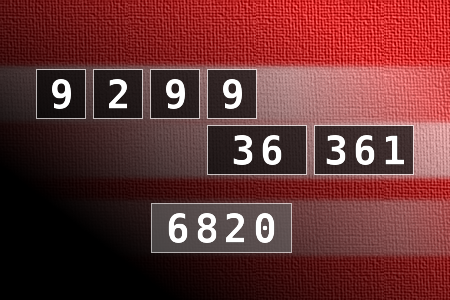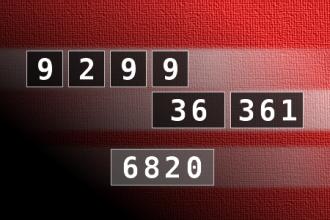Calculate the number 6820
NUMBERMANIA: Calculate the number 6820 using numbers [9, 2, 9, 9, 36, 361] and basic arithmetic operations (+, -, *, /). Each of the numbers can be used only once.Correct answers: 22
The first user who solved this task is Manguexa Wagle.
#brainteasers #math #numbermania

Lawyers Get Robbed
Two lawyers are in a bank, when, suddenly, armed robbers burst in.
While several of the robbers take the money from the tellers, others line the customers, including the lawyers, up against a wall, and proceed to take their wallets, watches, etc. While this is going on lawyer number one jams something in lawyer number two's hand.
Without looking down, lawyer number two whispers, "What is this?" to which lawyer number one replies, "It's that $50 I owe you."
While several of the robbers take the money from the tellers, others line the customers, including the lawyers, up against a wall, and proceed to take their wallets, watches, etc. While this is going on lawyer number one jams something in lawyer number two's hand.
Without looking down, lawyer number two whispers, "What is this?" to which lawyer number one replies, "It's that $50 I owe you."

